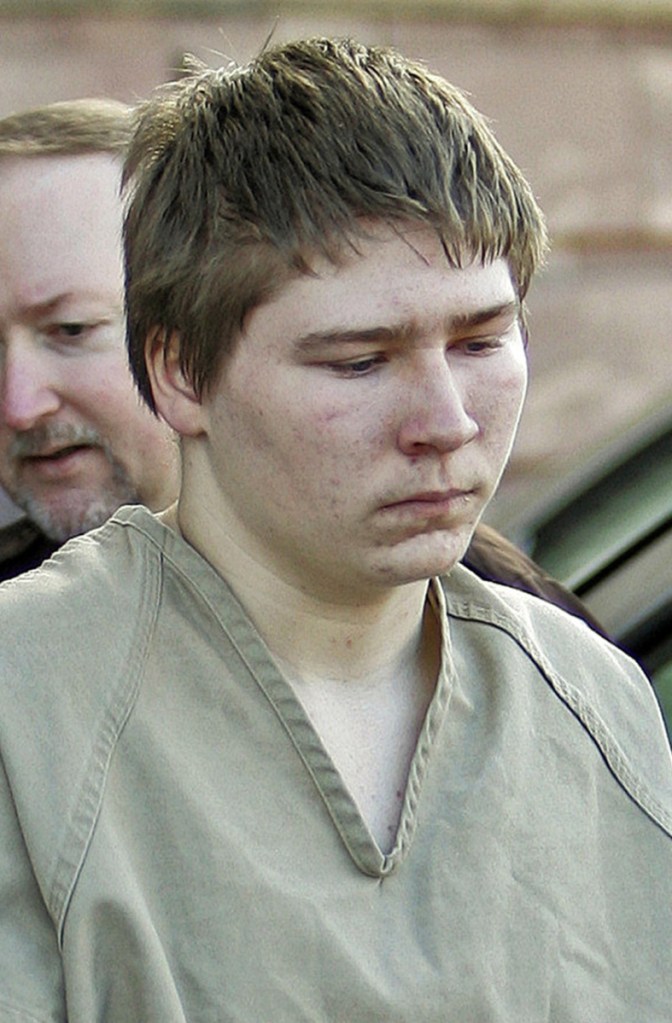WASHINGTON — The teenager in the video sits slouched on a loveseat wearing a black long-sleeved shirt, cargo pants and white sneakers, his hands folded but fidgeting in his lap. Eyes downcast, he answers questions from investigators interrogating him. Slowly, with a lot of prodding, he admits he joined his uncle in raping and murdering a young woman before burning her body in a bonfire.
But 16-year-old Brendan Dassey’s confession – seen by viewers nationwide as part of the Netflix series “Making a Murderer” – should never have been used to convict him, his lawyers say, and they’re hoping the Supreme Court agrees to take his case. They say the Wisconsin teen, who has been called a “slow learner” and “borderline intellectually disabled,” was pressured into a false confession.
“This case is emblematic of this larger problem of false confessions and coerced confessions,” said Laura Nirider, a Northwestern University law professor who has been one of Dassey’s lawyers for a decade. “I think there’s widespread interest in the problem and widespread recognition that something needs to be done.”
The Supreme Court’s justices will have their first opportunity to discuss taking Dassey’s case in a closed-door meeting Thursday. If they won’t hear it, that news could come as early as Monday. If the court does agree to hear the case, arguments would be in the fall.
Though the Supreme Court rejects the vast majority of the thousands of cases it gets asked to hear every year, Dassey’s lawyers hope his case has a chance. They want his confession thrown out and for him to get a new trial.
Dassey’s attorneys argue that his case is important not just for him but other juveniles and people with intellectual disabilities. They say those groups are more likely to confess falsely under police pressure.
Send questions/comments to the editors.



Comments are no longer available on this story